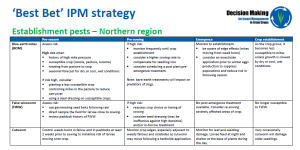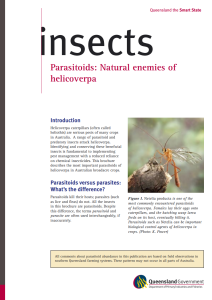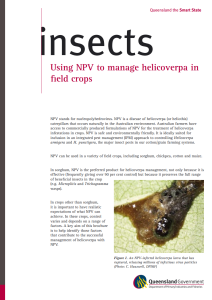Note: While the information contained in these publications was correct at time of printing, not all content may be current. Older publications are provided here for reference and archive purposes. See the Disease section for publications and factsheets on pathogens.
Identification guides
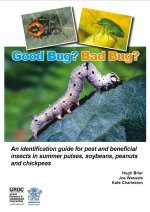 |
Good Bug? Bad Bug? Identification guide
Originally published in hard copy in 2012, this electronic version of the guide was updated in March 2013 (3.5 MB PDF) |
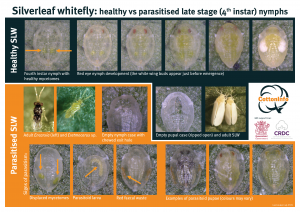 |
Recognising parasitism in silverleaf whitefly
A guide to healthy vs parasitised late instar nymphs |
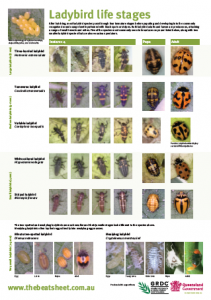 |
Ladybird life stages
A3 (January 2020 | 3MB PDF) |
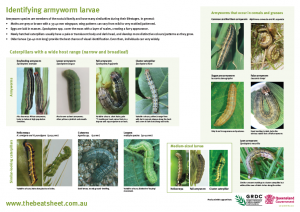 |
Identifying armyworm larvae
A3 (May 2020 | 3MB PDF) |
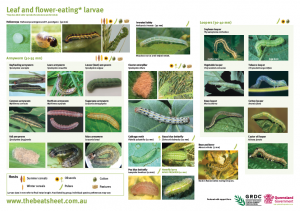 |
Identifying leaf-eating larvae
A3 (September 2021 | 6MB PDF) |
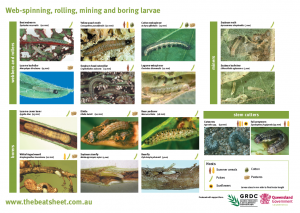 |
Identifying borers, webbers and miners
A3 (April 2021 | 8MB PDF) |
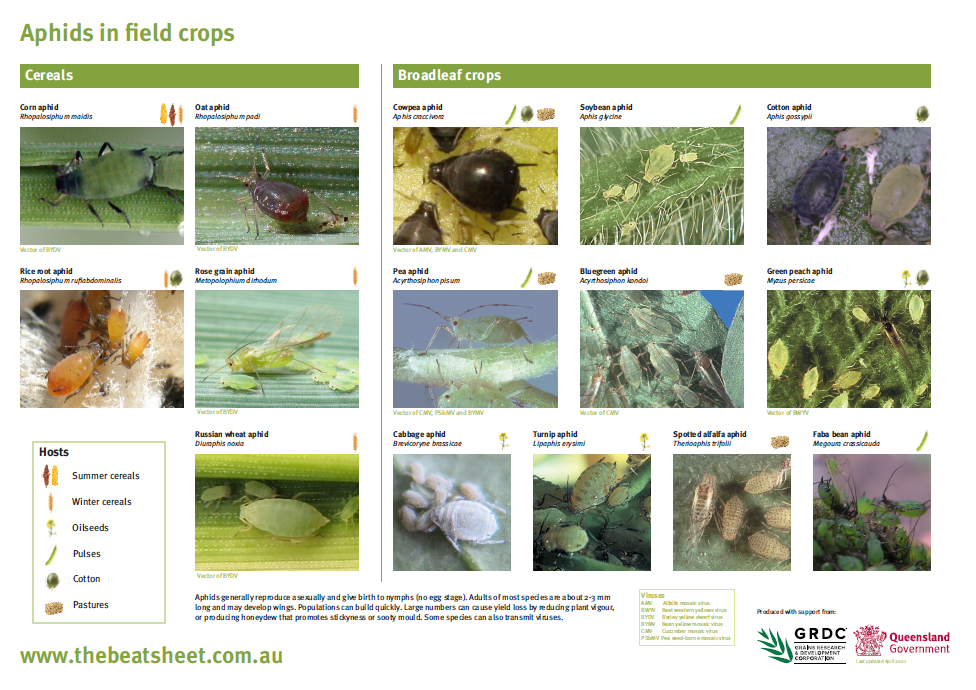 |
Identifying aphids
A3 (April 2021 | 5MB PDF) |
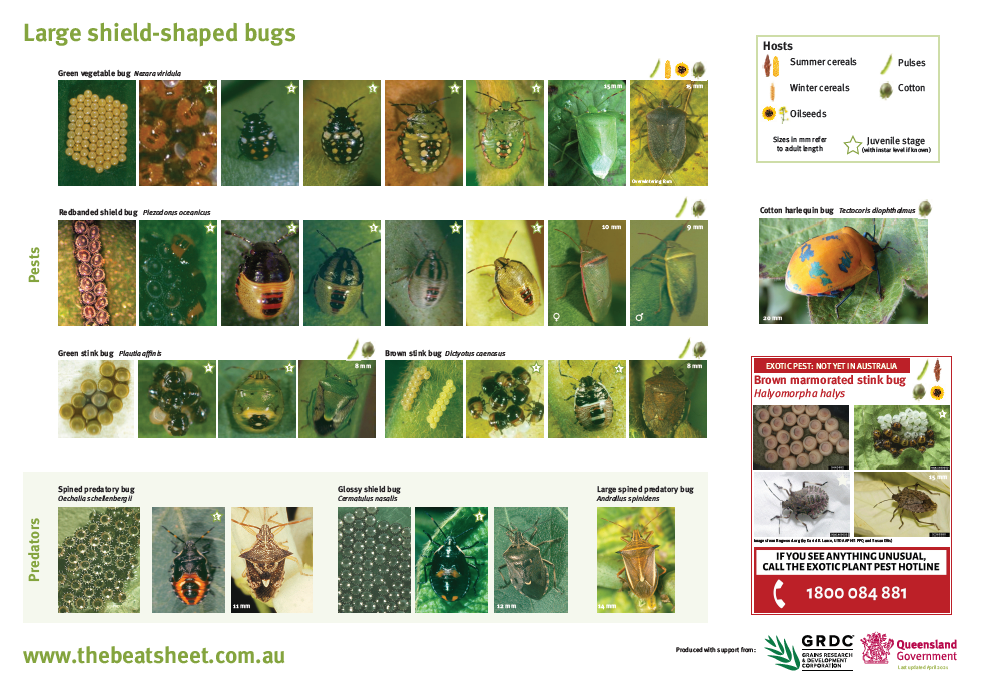 |
Identifying shield bugs
A3 (April 2021 | 5MB PDF) |
 |
Identifying elongated bugs
A3 (April 2021 | 3MB PDF) |
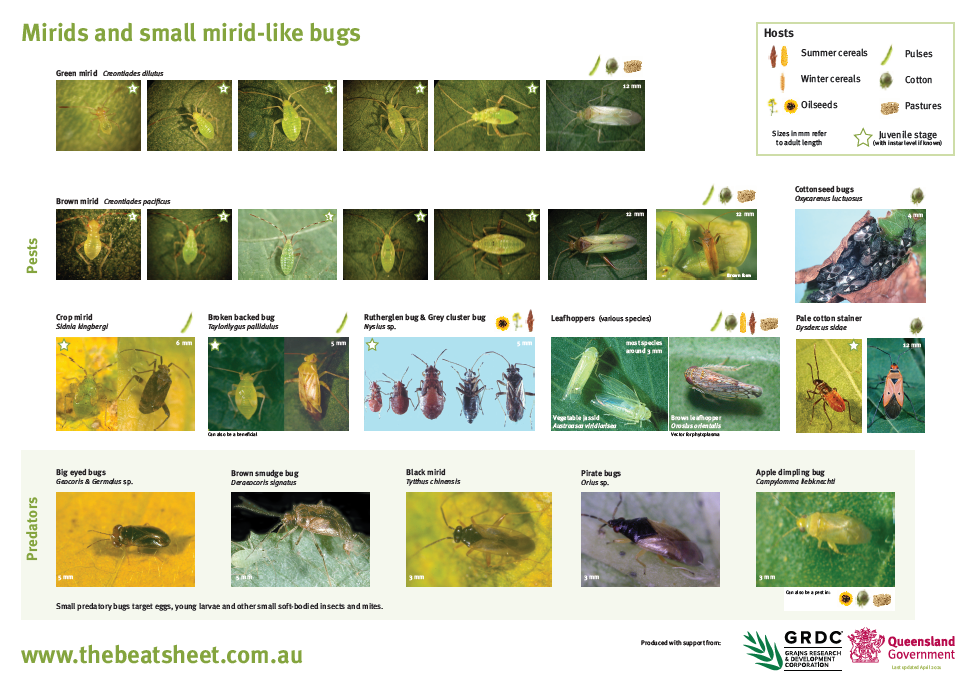 |
Identifying mirid-like bugs
A3 (April 2021 | 5MB PDF) |
Quick reference guides
Economic threshold ready reckoners (July 2013)
Quick reference tables for key insect pests (180 kB PDF)
See also the ‘Best Bet’ IPM strategies available at IPM Guidelines for Grains.
Factsheets
Techniques for sampling and identification:
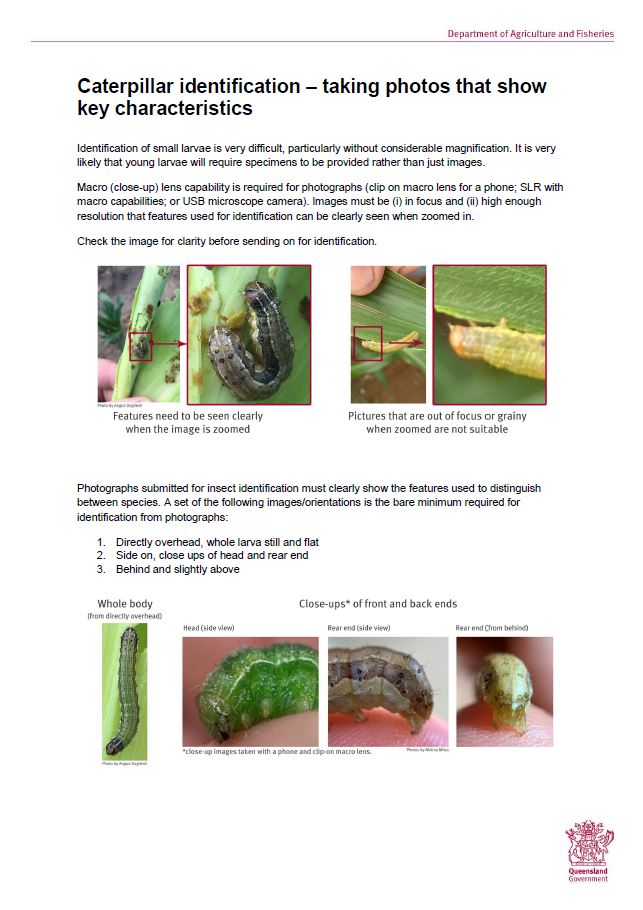 |
Where live insect collection is impractical, high quality photos, including close-ups are essential to provide the best chance of identifying the specimen. Download a Caterpillar identification: taking photos factsheet (600kB PDF). |
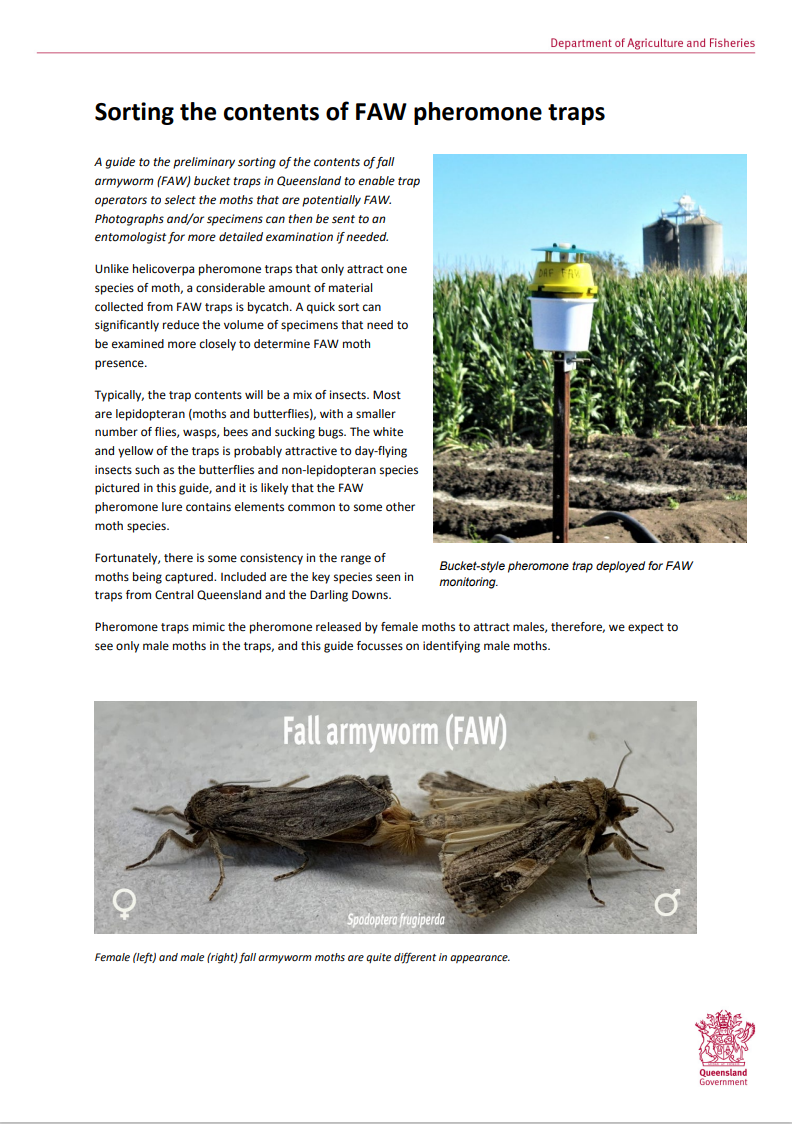 |
The fall armyworm (FAW) pheromone traps currently used have the potential to attract a range of insects.
|
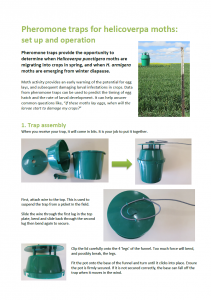 |
Download a factsheet on the set up and operation of helicoverpa pheromone traps.(700kB PDF) |
Economic case studies
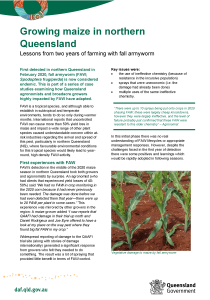 |
Growing maize in northern Queensland – Lessons from two years of farming with fall armyworm (April 2023, 850kB PDF) |
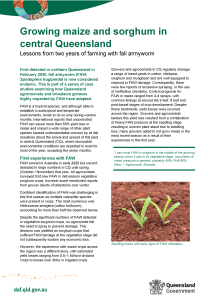 |
Growing maize and sorghum in central Queensland – Lessons from two years of farming with fall armyworm (April 2023, 1.1MB PDF) |
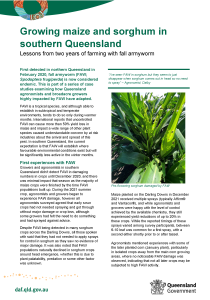 |
Growing maize and sorghum in southern Queensland – Lessons from two years of farming with fall armyworm (April 2023, 800kB PDF) |
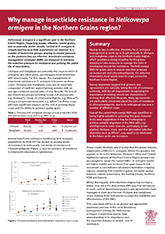 |
Why manage insecticide resistance in Helicoverpa armigera in the Northern Grains region? (August 2020, 2.3MB PDF) |
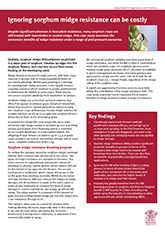 |
Ignoring sorghum midge resistance can be costly (August 2020, 500kB PDF) |
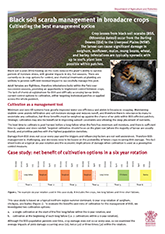 |
Black soil scarab management in broadacre crops: cultivating the best management option (June 2020, 450kB PDF) |
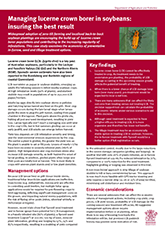 |
Managing lucerne crown borer in soybeans: insuring the best result (July 2020, 950kB PDF) |
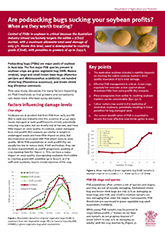 |
Are podsucking bugs sucking your soybean profits? When are they worth treating? (July 2020, 1.3MB PDF) |
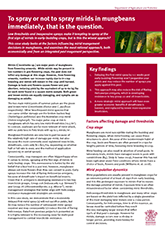 |
To spray or not to spray mirids in mungbeans immediately, that is the question. (September 2020. 360kB PDF) |
Specific pests
Mealybug:
 |
Solenopsis overview (November 2013, 189 kB PDF) |
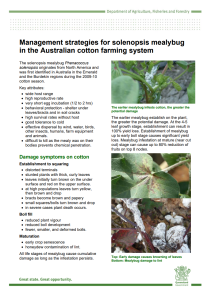 |
Solenopsis in cotton (November 2013, 319 kB PDF) |
Helicoverpa

